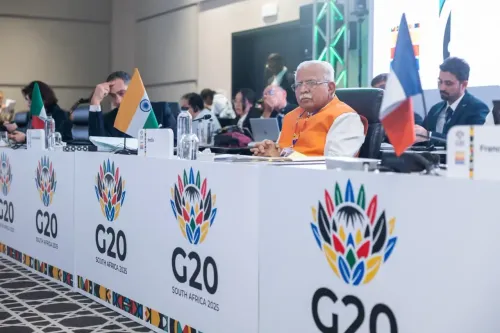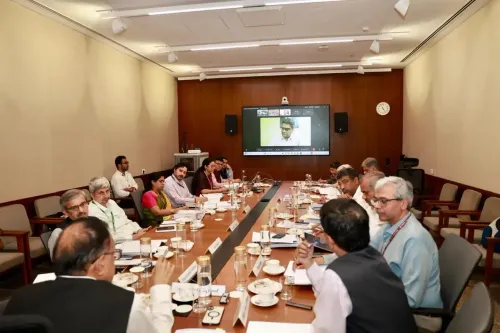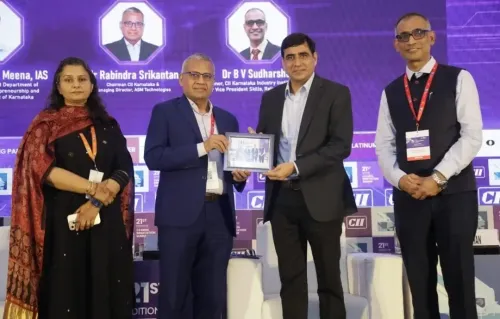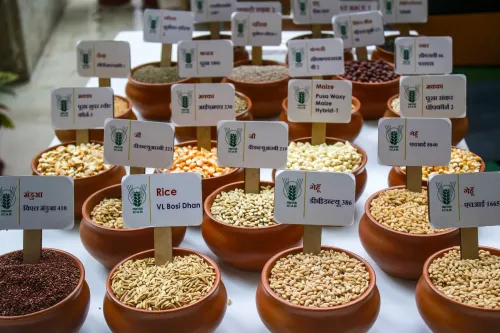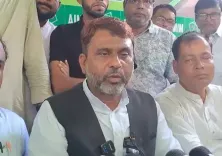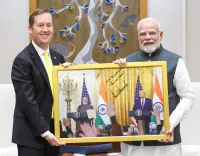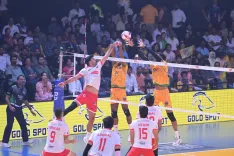How Will S. Korea Respond to the EU's Steel Import Quota Cuts?
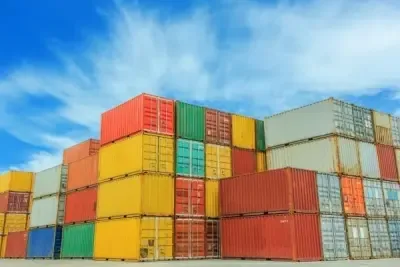
Synopsis
Key Takeaways
- South Korea plans a comprehensive response to EU's steel import quota cuts.
- The EU aims to reduce tariff-free steel import quotas by 47%.
- Increased tariffs on out-of-quota shipments are a key concern.
- Industry leaders stress the need for government support for low-carbon transitions.
- Government reorganization impacts the Ministry of Trade and Industry.
Seoul, Oct 10 (NationPress) The South Korean administration declared on Friday that it will adopt all necessary measures in response to the European Union's (EU) suggestion to significantly reduce tariff-free steel import quotas and raise duties on shipments exceeding the quotas.
An emergency meeting led by Vice Trade Minister Park Jong-won was convened to discuss potential actions, as stated by the Ministry of Trade and Industry, following the announcement from the European Commission, which oversees trade issues within the EU. Notably, the EU stands as South Korea's second-largest market for steel exports.
According to the ministry, domestic steel producers present at the meeting advocated for a prompt and vigorous governmental response to the EU's initiative, as reported by Yonhap news agency.
Participants also emphasized the necessity for the government to enhance support for the sector's shift towards low-carbon and high value-added products, asserting that this is vital for long-term structural improvements amid intensifying global competition.
The EU's proposal includes a plan to decrease its annual tariff-free steel import quota by 47% to 18.3 million tons. Additionally, the tariff rate on out-of-quota imports is set to be increased from 25% to 50%.
Currently, the EU employs a safeguard mechanism that imposes a 25% tariff on steel imports that exceed the established quotas. This system is expected to expire in June 2026, with the new proposal intended to take its place, pending approval from EU member states.
In the meantime, Industry Minister Kim Jung-kwan convened with leaders of key agencies affiliated with the industry ministry on Friday, urging their collaboration to effectively implement the government’s primary policy objectives.
"Collaboration with associated agencies is essential for the Ministry of Trade and Industry to successfully achieve the government's five policy priorities," Kim stated during the meeting held in central Seoul, highlighting changes following the government reorganization that took effect on Oct. 1.
As part of this reorganization, the energy departments of the ministry, alongside 21 government-affiliated agencies, have been transferred to a newly established energy ministry for the first time in 32 years.
The ministry's name has also changed from the Ministry of Trade, Industry and Energy to the Ministry of Trade and Industry.

